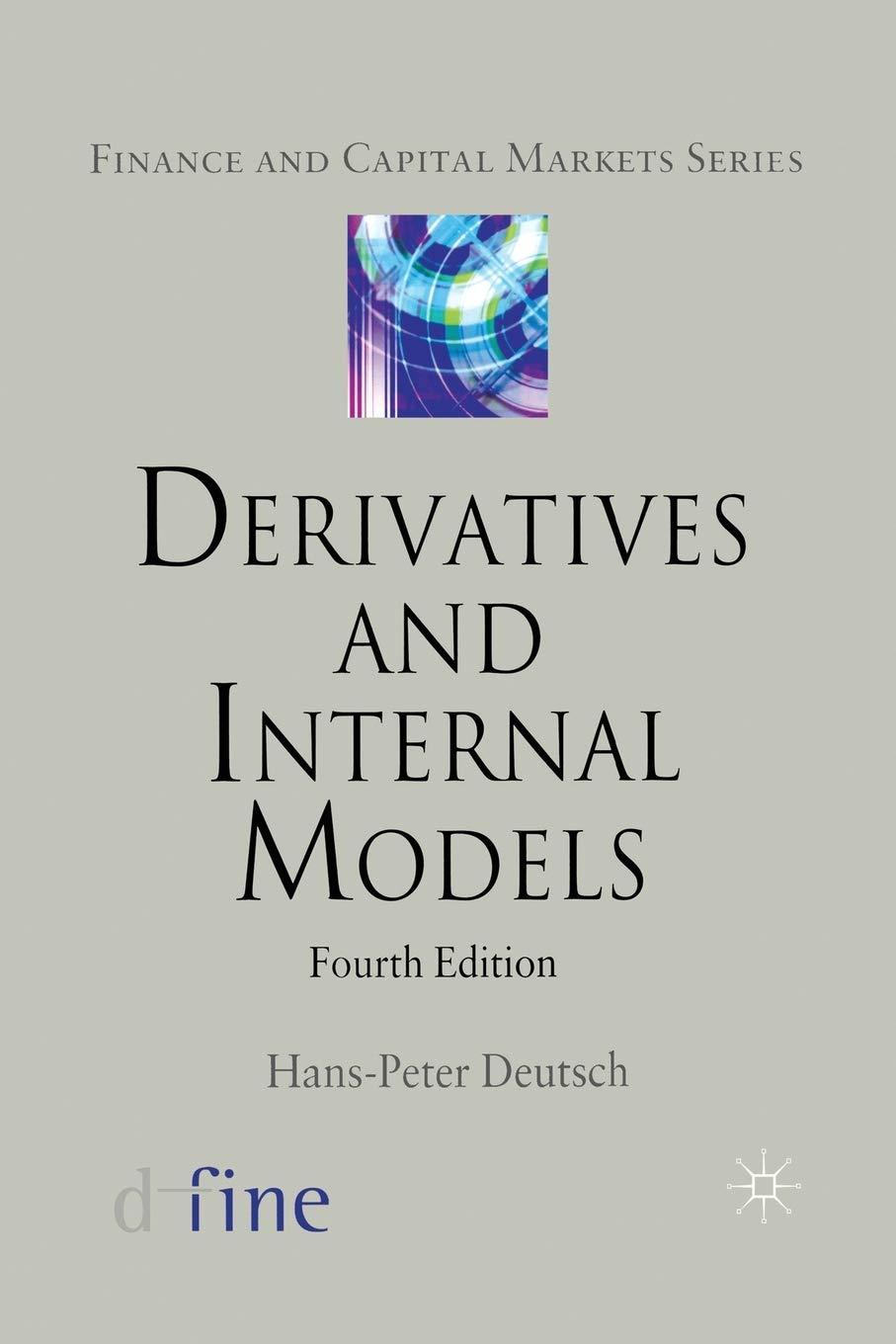Question
1. A companys stock value changes due to: a. Liquidity b. Expected Dividend c. Changes in company earnings d. Growth in retained earnings 2. Capital
1. A companys stock value changes due to:
a. Liquidity
b. Expected Dividend
c. Changes in company earnings
d. Growth in retained earnings
2. Capital Budgeting is an important management function because:
a. Capital is Limited
b. Not all projects earn enough
c. Shareholders have expectations
d. It is part of the dividend decision
3. Leverage increases return to ownership only if:
a. The IRR is less than the cost of capital b.
The company has some capital that is borrowed
c. Turnover is adequate d. Profit margins exceed the cost of capital
4. Interest rate levels are a function of:
a. Expected inflation
b. Term
c. Unemployment levels
d. Operating margin of the borrower
5. Return On Equity Is A Function Of:
a. Liquidity
b. Activity or Turnover
c. Capital Structure
d. Profitability
6. Ordinary dividend payments are:
a. High for young companies that are growing rapidly
b. High for companies with low growth potential
c. Required to be paid by companies annually
d. The only way to compensate shareholders
7. Weighted Average Cost of Capital:
a. Should Be Maximized
b. Is useful as a capital investment return threshold
c. Includes only the cost of borrowed capital
d. Is higher for companies in riskier industries
8. Net Present Value:
a. Establishes the value of common stock
b. Determines the viability of a project for any cost of capital
c. Is calculated based on costs only
d. Ignores the time value of money
9. Internal rate of Return:
a. Determines the viability of a project for any cost of capital
b. Is often used to establish the dividend yield
c. Is the lending rate between business units of the same firm
d. Can be compared against the current cost of capital
10. Debt financing:
a. Is always more desirable than equity financing
b. Always reduces shareholder return
c. Is a sign of weakness
d. Should be at the same level for all publicly held firms
Step by Step Solution
There are 3 Steps involved in it
Step: 1

Get Instant Access to Expert-Tailored Solutions
See step-by-step solutions with expert insights and AI powered tools for academic success
Step: 2

Step: 3

Ace Your Homework with AI
Get the answers you need in no time with our AI-driven, step-by-step assistance
Get Started


